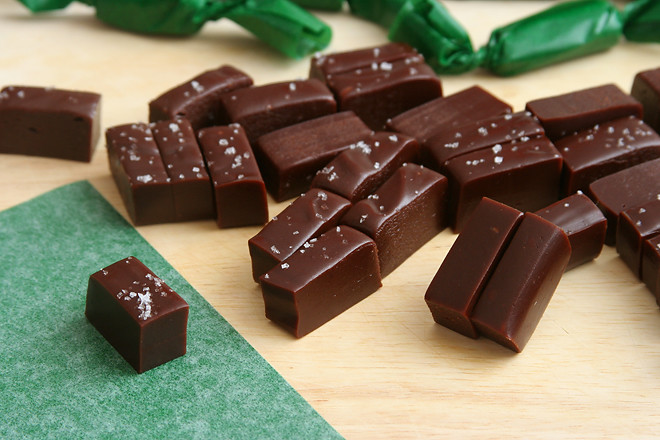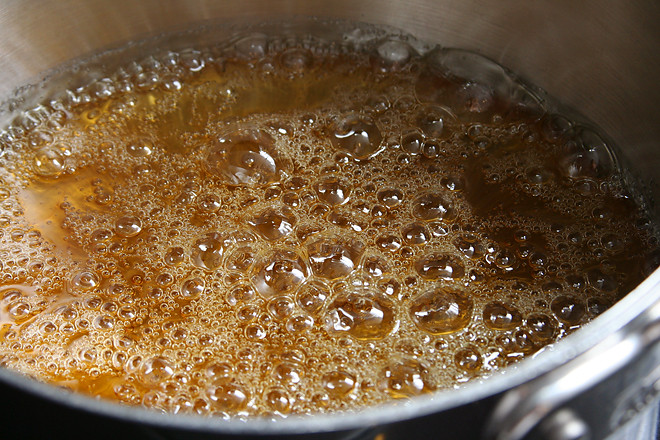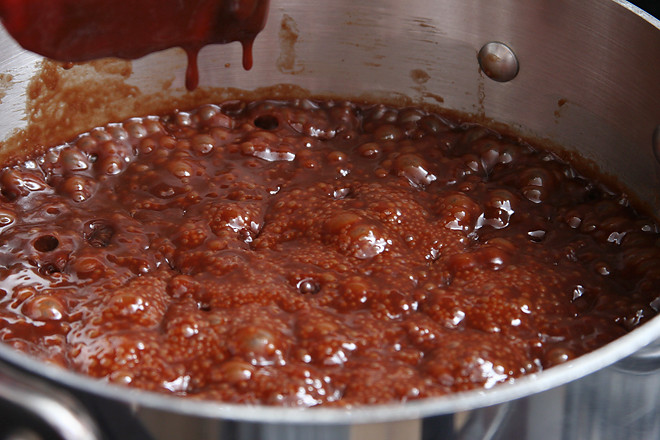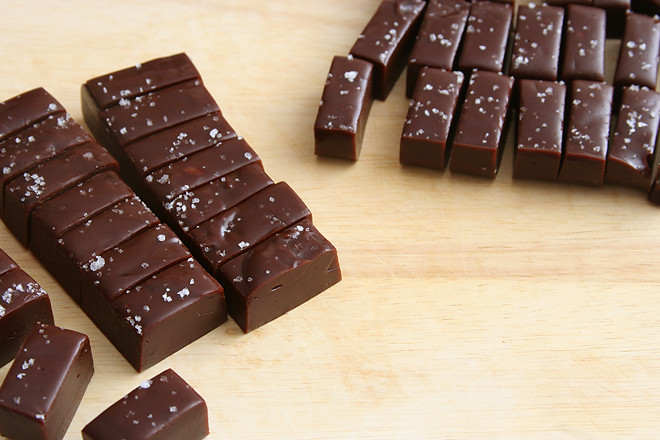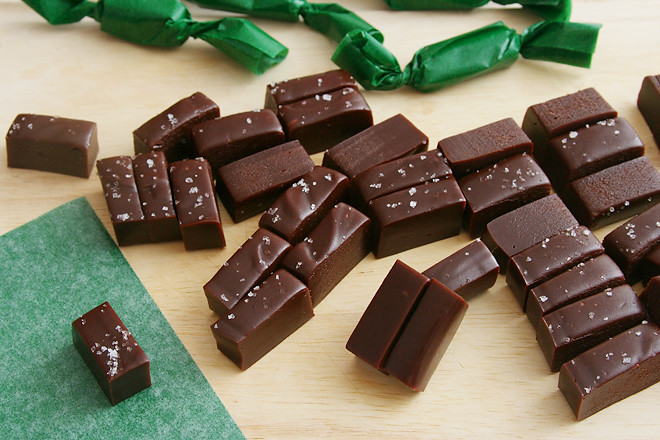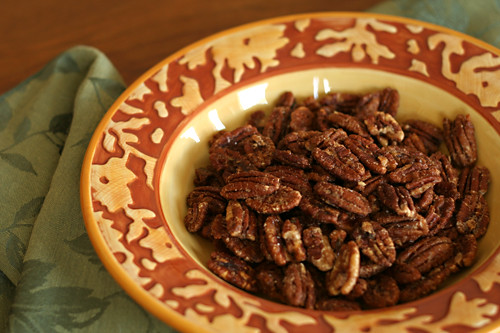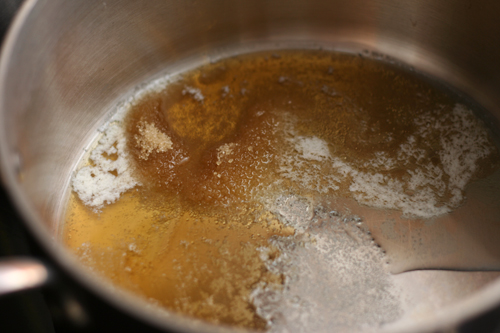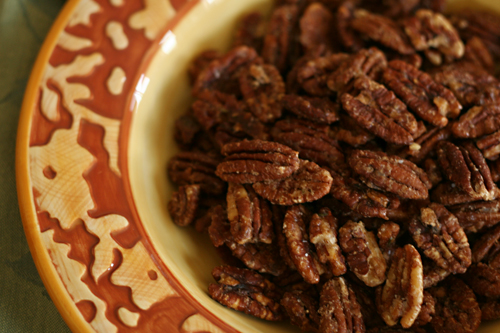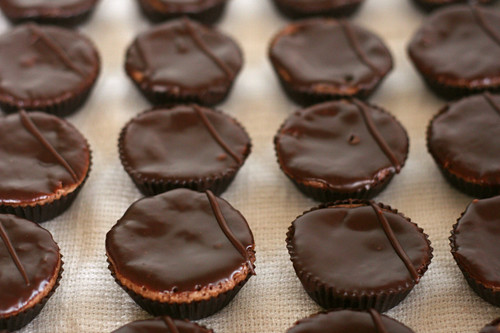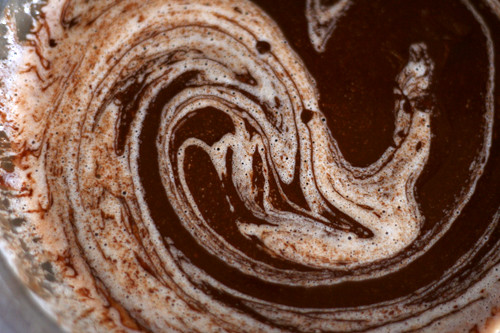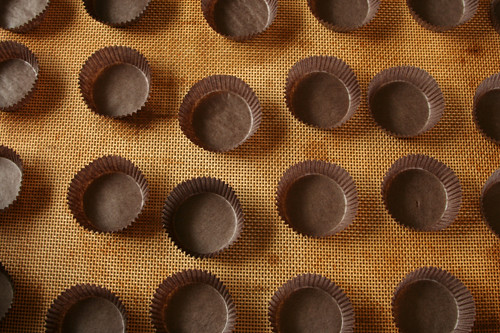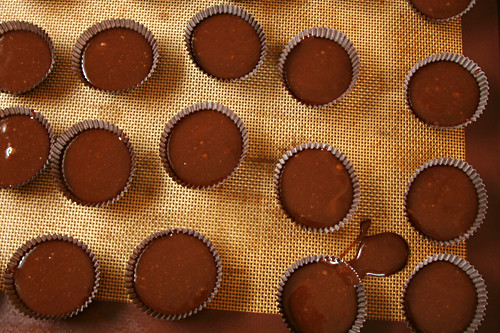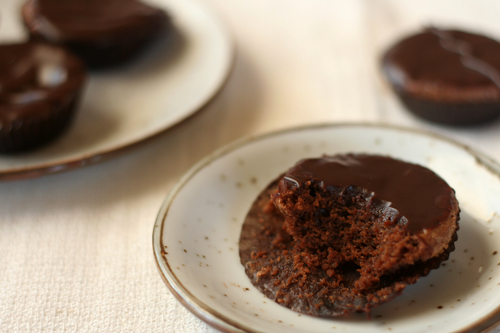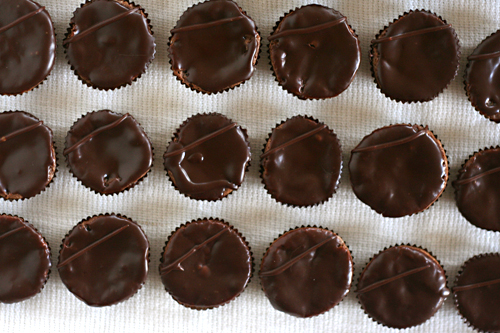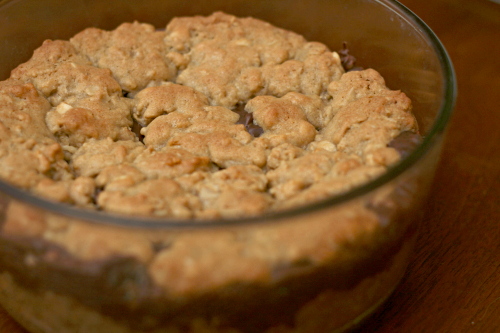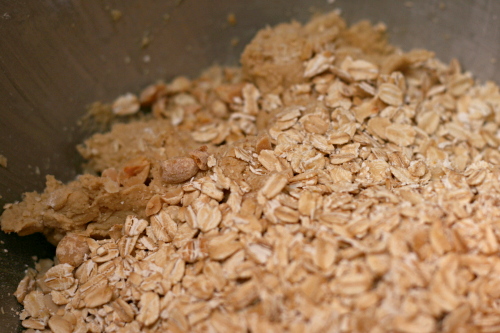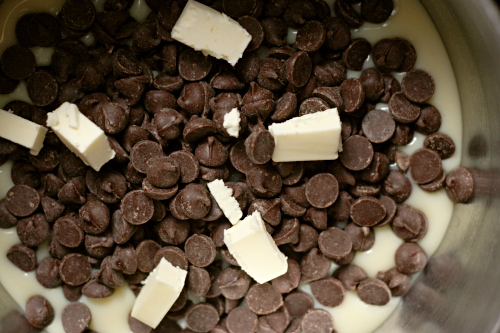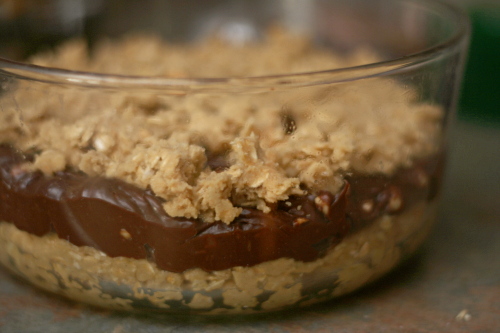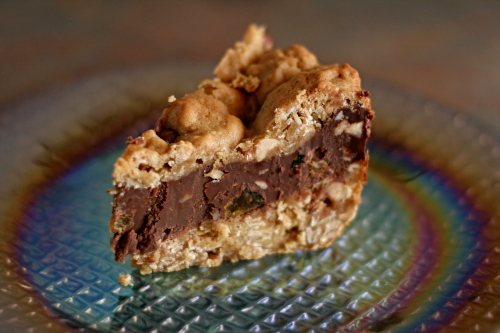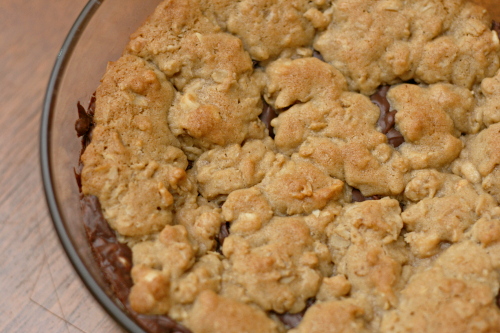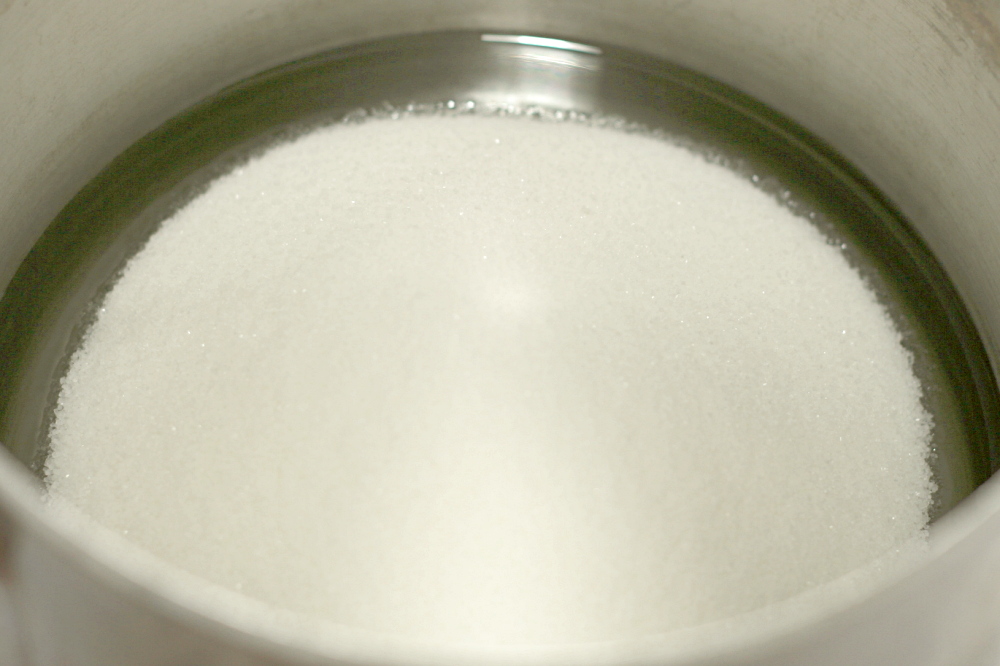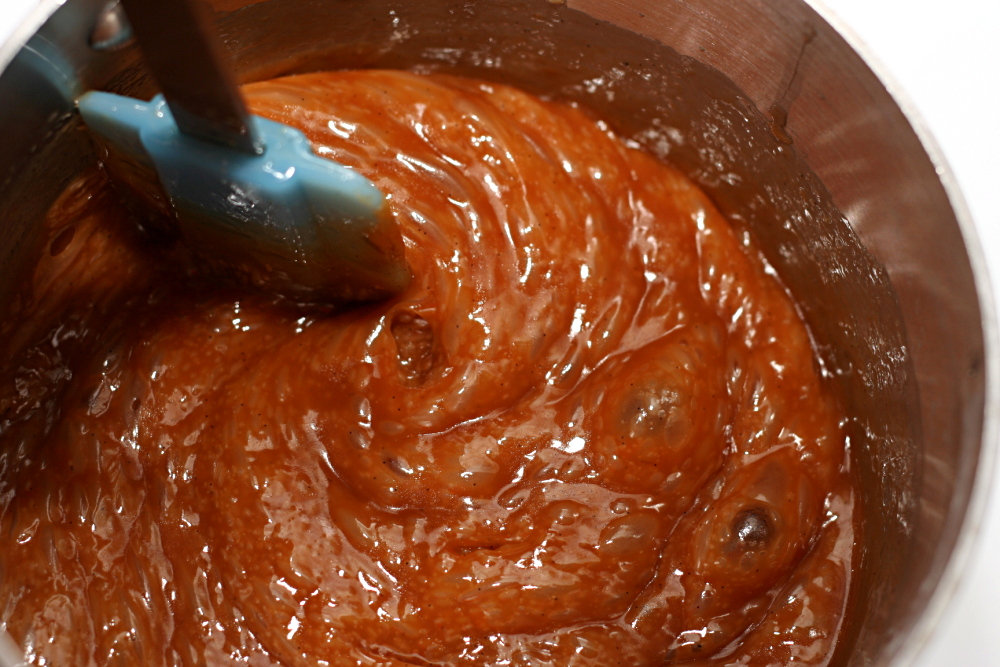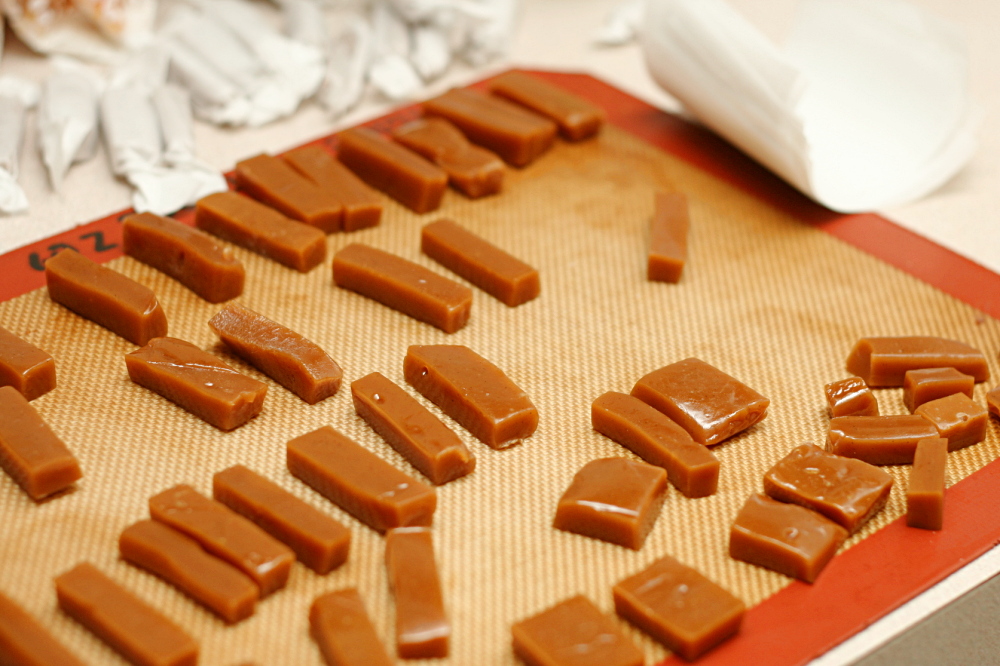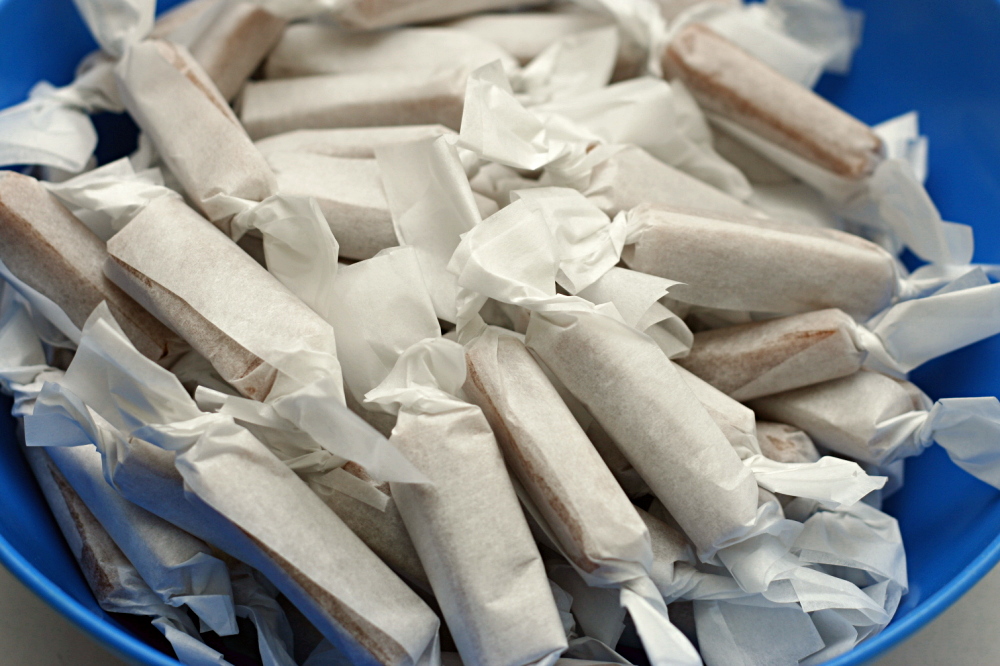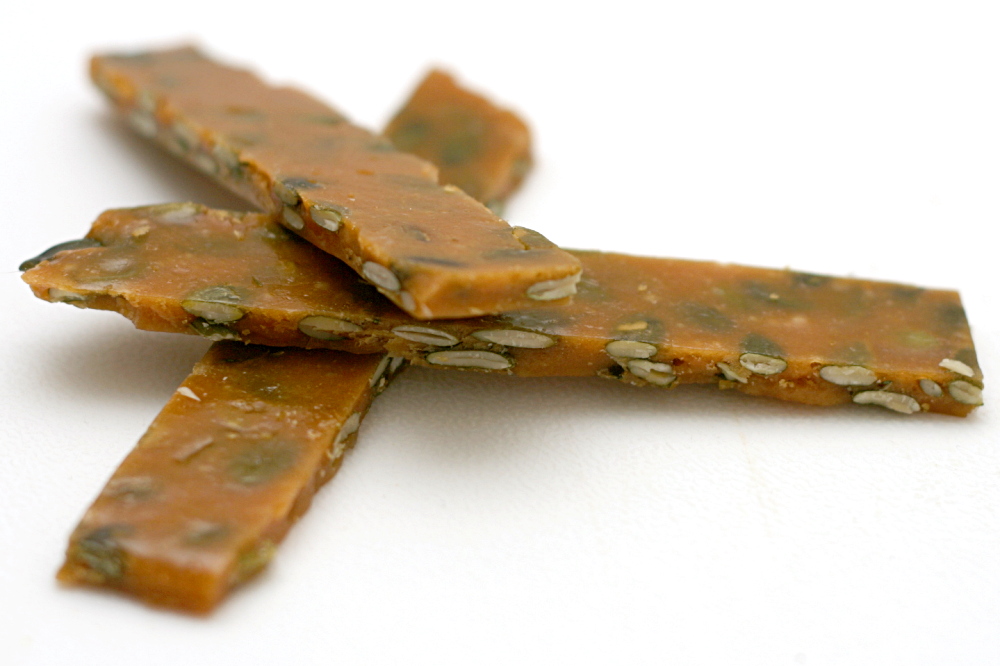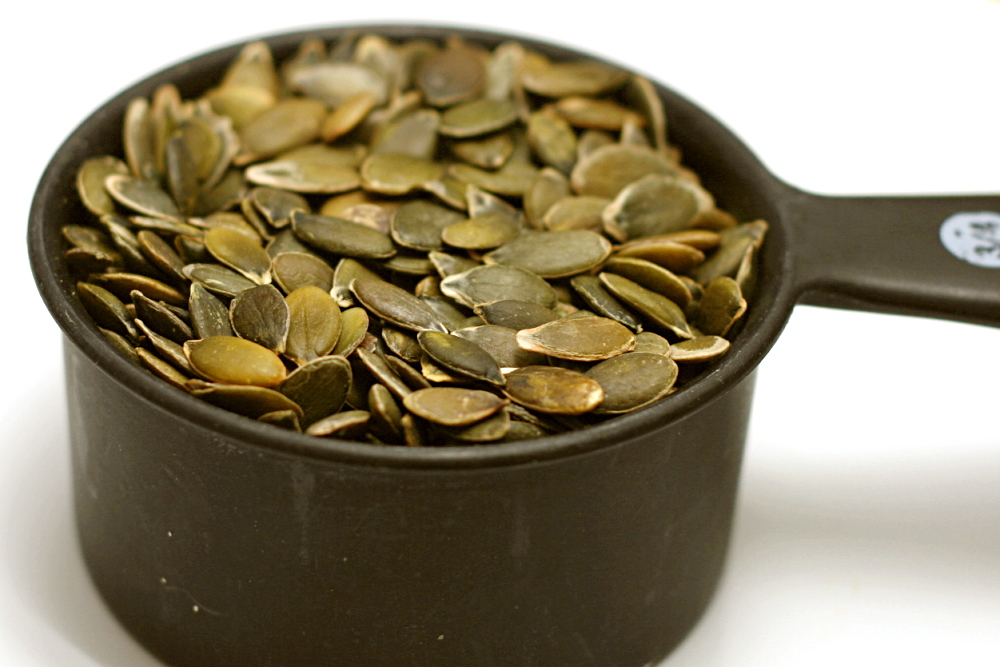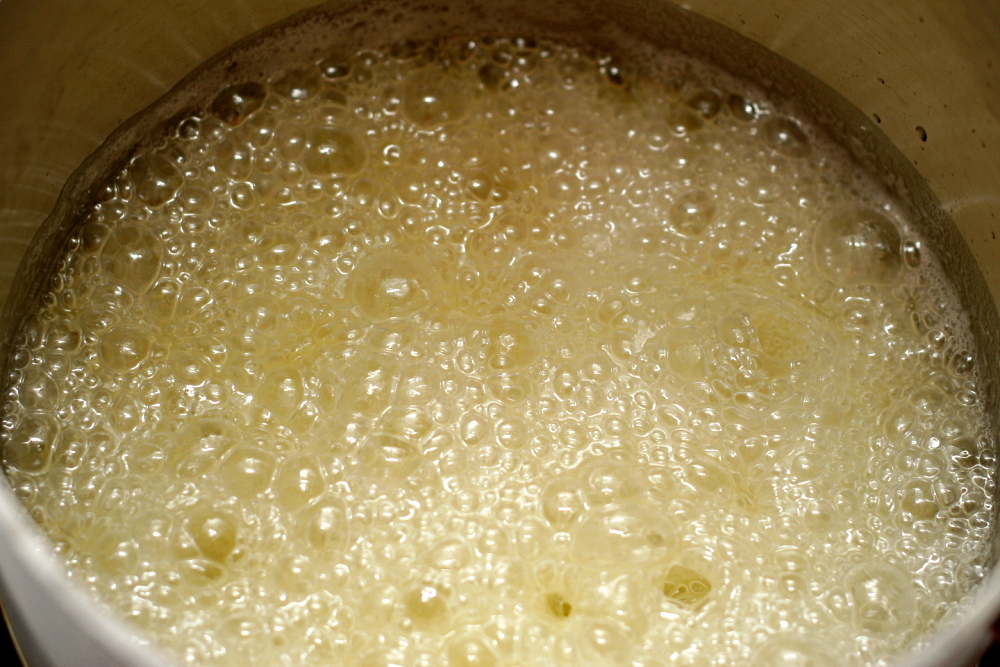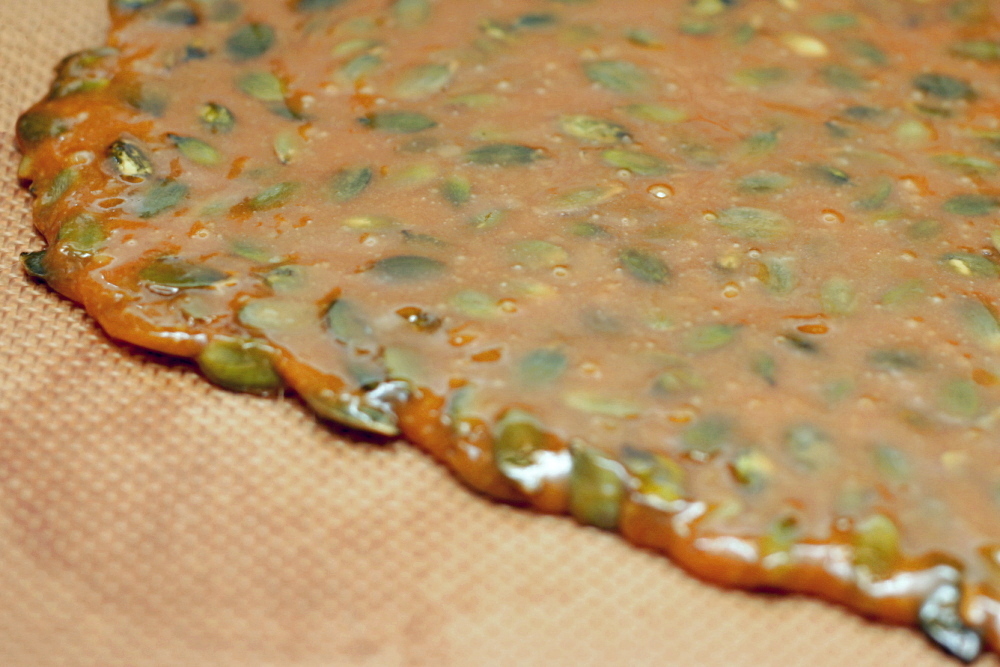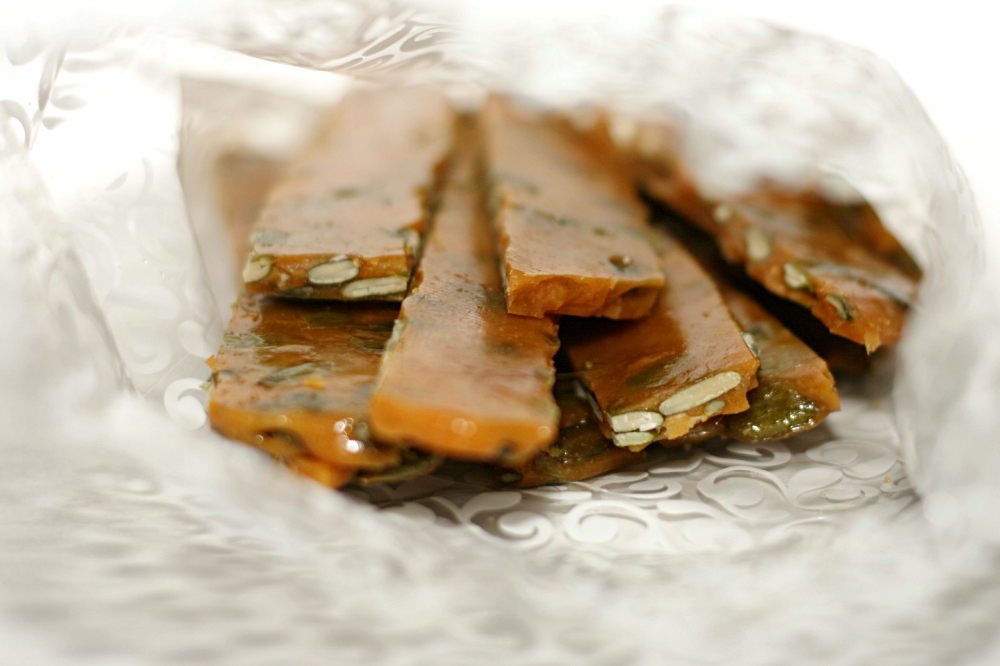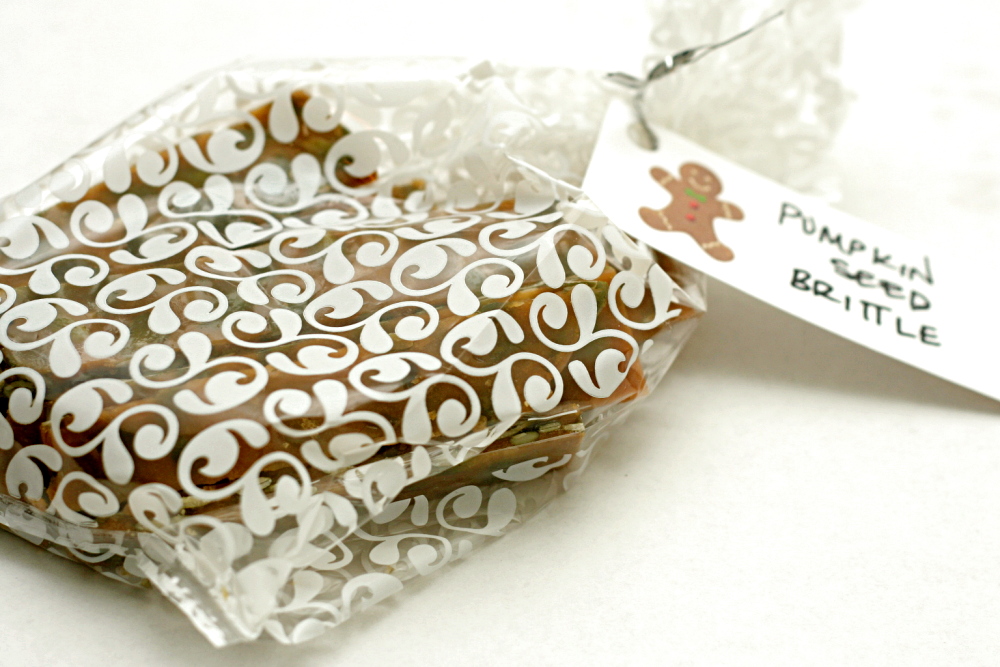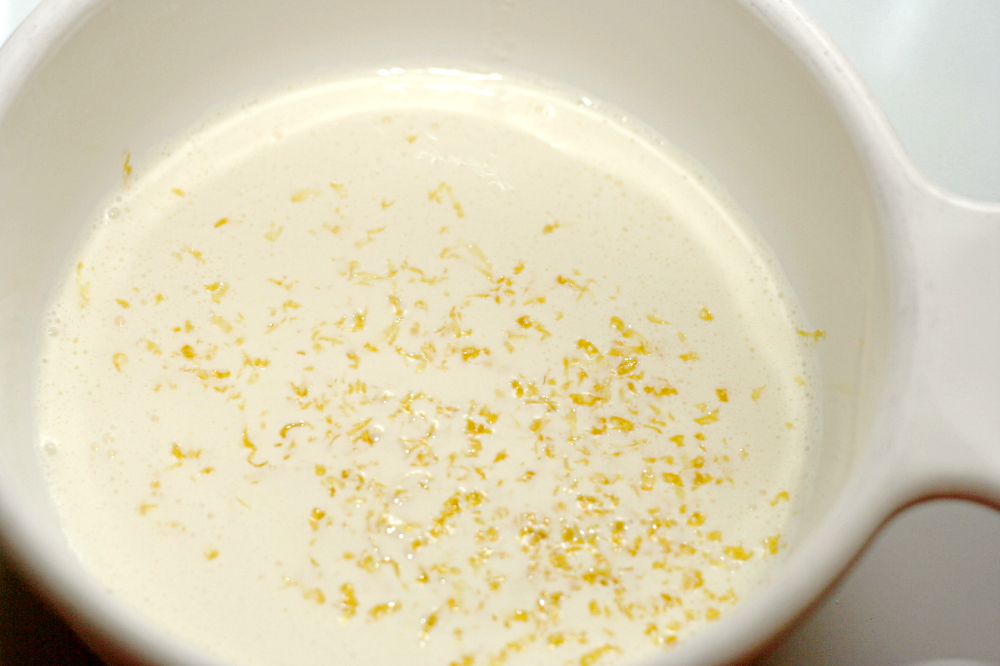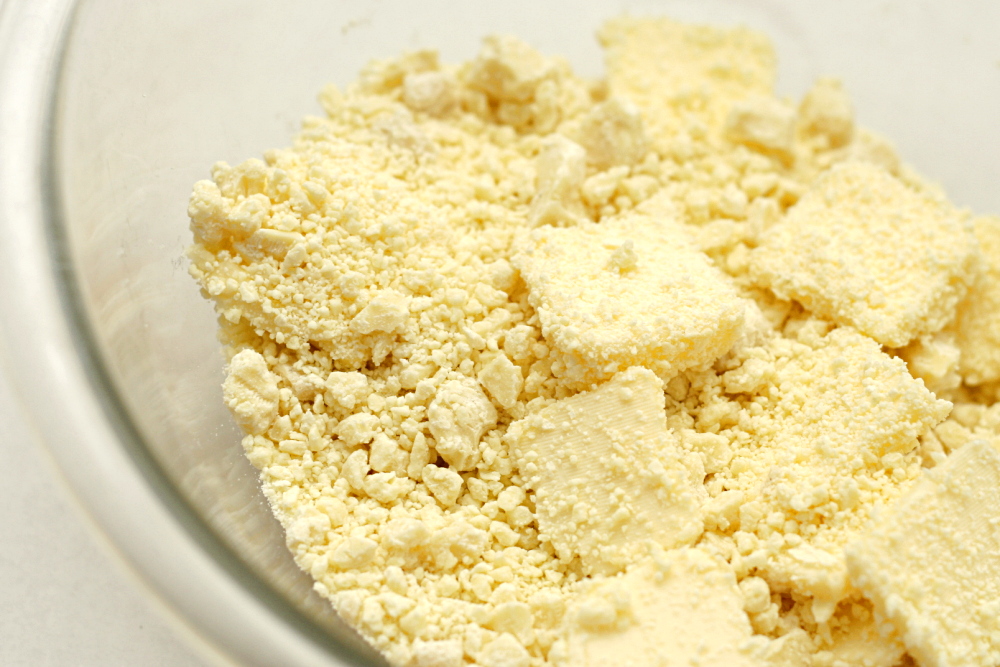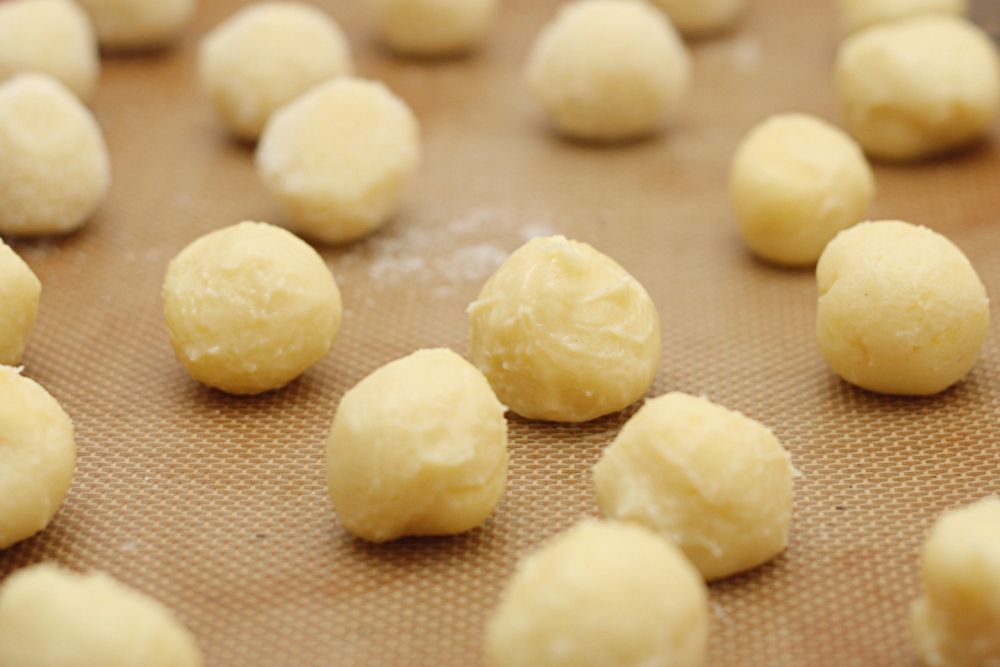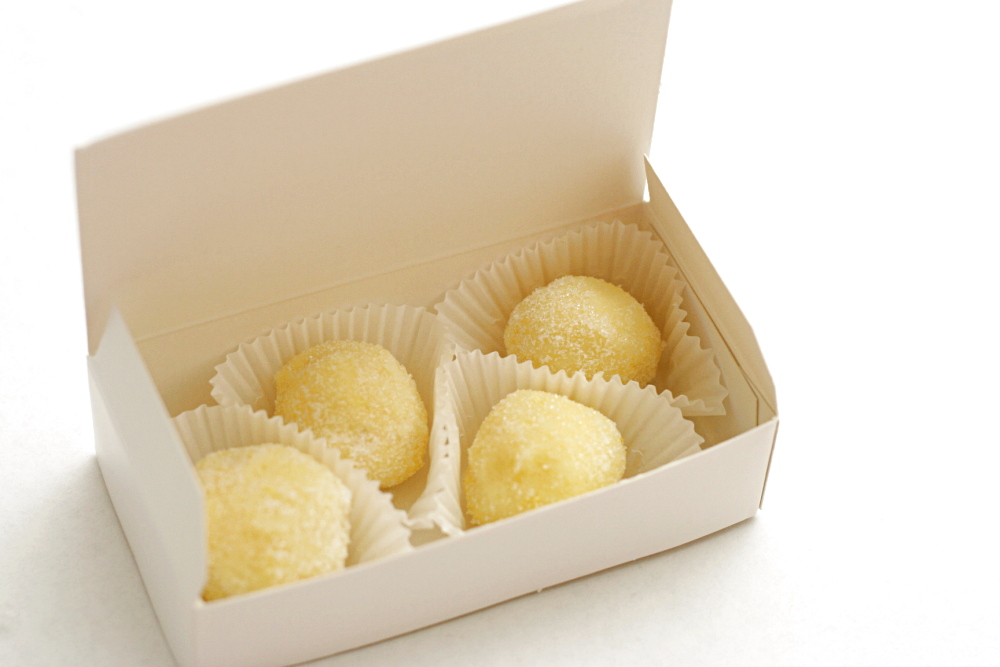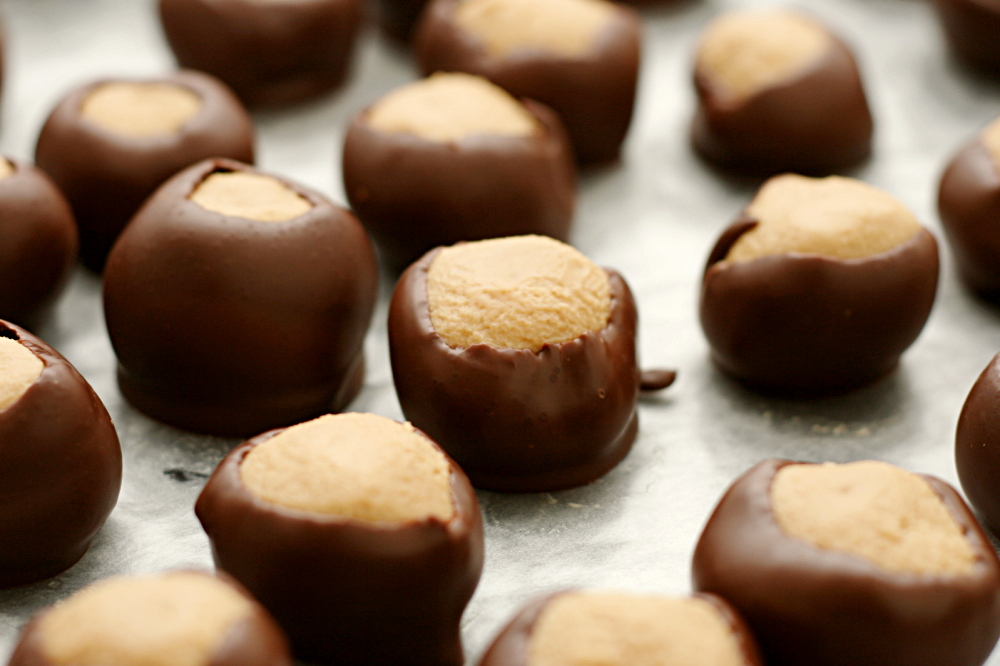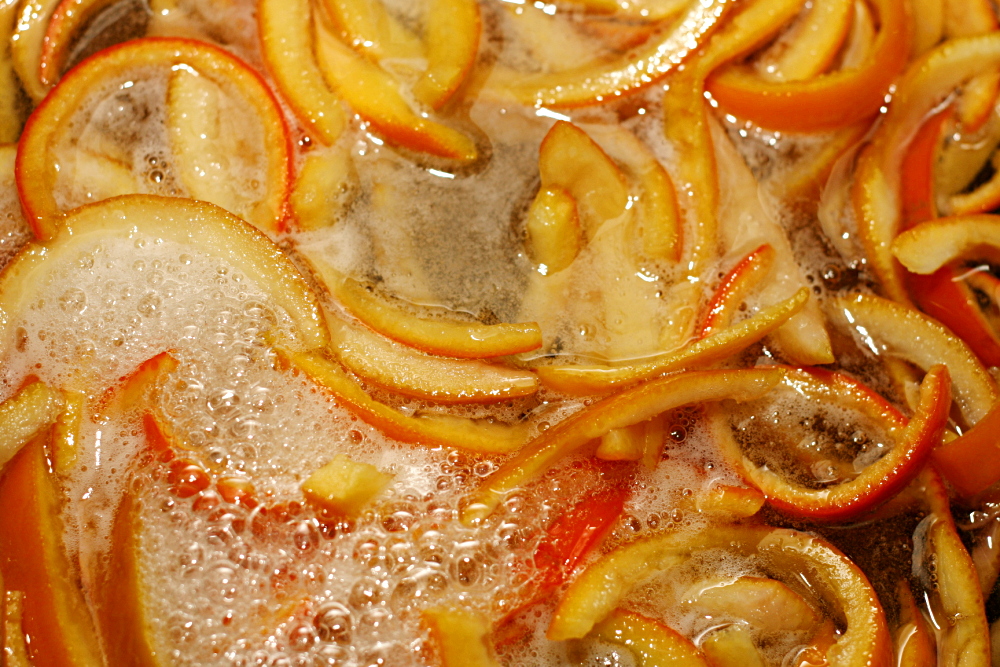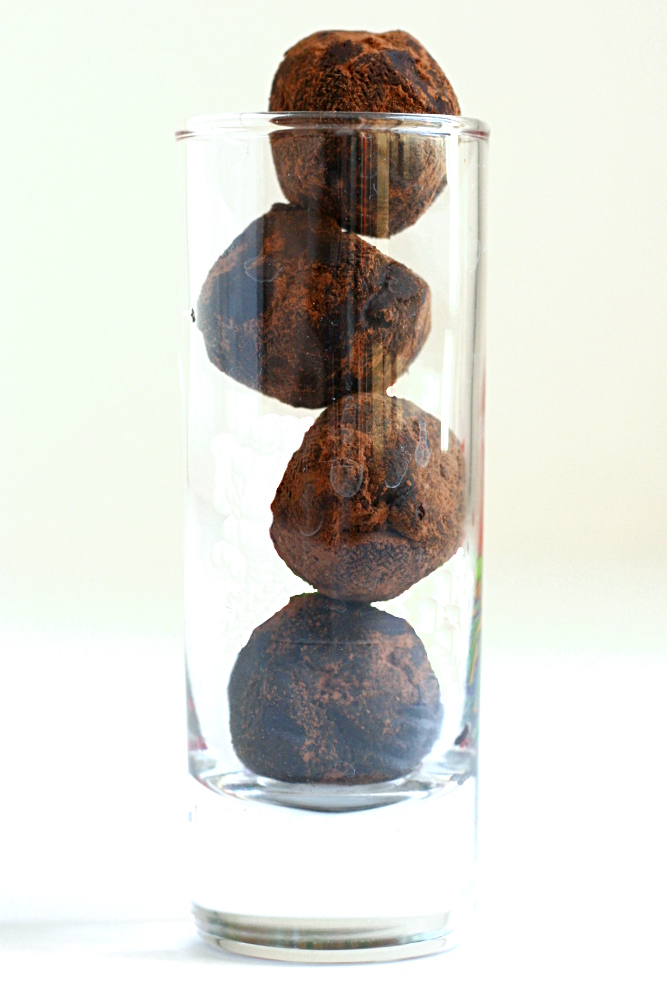It might be silly, but one of the things I was the most upset about when my house got flooded was that I wouldn’t be able to do all of the Christmas baking I’d planned. I didn’t enjoy sharing a hotel room with two cats who take out their anxiety by playing in the litter box in the middle of the night, I don’t like the concrete floors in my house, and I wish my favorite black boots hadn’t been among the many casualties, but it was the baking that I kept coming back to. I started planning my holiday baking in October; I remember trying to order packaging and not being able to find anything but Halloween themes. (I did order packaging in early November, but it unfortunately was another casualty and had to be reordered.)
But a little flood damage can’t hold me back. The weekend we were stuck in a hotel while contractors tore out our carpet and cut the bottom two feet from all the walls, a friend of ours was going out of town and was generous enough to give us the keys to his house. His kitchen didn’t give me much to work with – I was able to carve out just a few square feet of workspace – but when there’s a will, there’s a way. In that tiny kitchen, I baked cranberry-orange bread, mocha biscotti, and lemon spritz wreaths, which actually put me ahead of the schedule I’d originally planned for the month.
We’ve now spent two weeks at home in our torn up house before construction starts, and I was able to make almost everything else I’d planned, including a tiered Christmas tree cake for the office holiday party, which I got the idea for all the way back in the summer. (Fortunately, the cakes were already baked and in the freezer, but decorating it was not trivial.) These caramels were the last treat I needed to make, and I had the recipe picked before I read the very mixed reviews – about half of the reviewers raved, but the other half had massive failures. I had neither the time nor the mental fortitude for a failure.
Fortunately, the recipe came together perfectly. I wasn’t expecting it to take quite so long for the chocolate-caramel mixture to reach the right temperature, but I knew how important that was, since most of the problems people had were with the consistency of the final caramels, which is based on that temperature. Another problem I read about was butter separating from the caramel mixture after it had hardened. I remembered all of the pan sauce recipes that specifically call for cold butter because it emulsifies better and was sure to keep my butter, cut into tiny cubes, in the fridge until I was ready for it. I don’t know if it was that, or if the universe is just cutting me a break after a rough month, but I’m grateful for a recipe that came together easily and flawlessly, so I was able to finish my holiday baking and enjoy the part of the season I was looking forward to the most.
Printer Friendly Recipe
Chocolate Salted Caramels (adapted from Gourmet via Smitten Kitchen)
64-96 candies, depending on how you cut them
Here’s what I’ve changed: reducing the final temperature to 246 degrees, based on many reviews that said their candies were too hard at 255 degrees; keeping the butter cold before adding it; and putting more salt into the mixture and less salt on top.
2 cups heavy cream
10½ ounces bittersweet chocolate, chopped
1¾ cups (12.25 ounces) granulated sugar
½ cup light corn syrup
¼ cup water
1 teaspoon flaky salt, plus more for garnish
2 tablespoons unsalted butter, cut into ¼-inch diced, cold
1. Line the bottom and sides of an 8-by-8-inch square pan with two sheets of crisscrossed parchment paper.
2. In a 1- or 2-quart saucepan over medium-high heat, bring the heavy cream to a simmer. Remove from the heat and add the chocolate. Let set for 1 minute, then stir the cream and chocolate together until evenly mixed.
3. In a 3-quart saucepan over medium-high heat, combine the sugar, corn syrup, water, and 1 teaspoon salt. Bring to a simmer, then reduce the heat the medium. Simmer, occasionally swirling the pan or stirring with a metal spoon, until the mixture is reddish-amber in color. Immediately add the chocolate mixture; the caramel with bubble vigorously. Continue to cook over medium heat, stirring very frequently, until the mixture reads 146-148 degrees on an instant-read thermometer, 10 to 15 minutes. Remove from the heat and stir in the butter.
4. Immediately pour the mixture into the prepared pan. Let set for 10 minutes, then sprinkle with flaky salt. Let cool on a wire rack for at least 2 hours before cutting and serving. Wrapped tightly, the caramels with keep for about 2 weeks.
